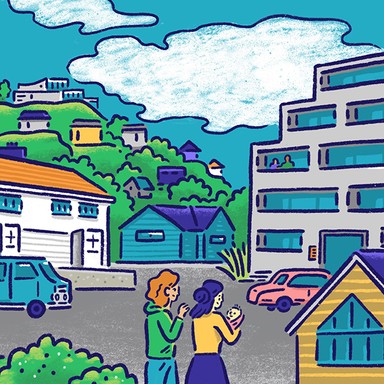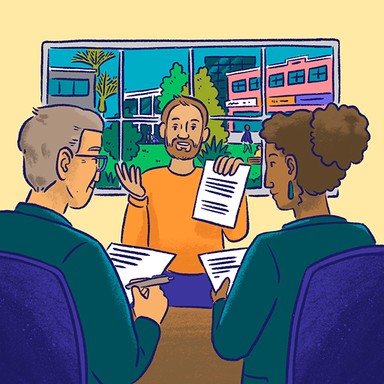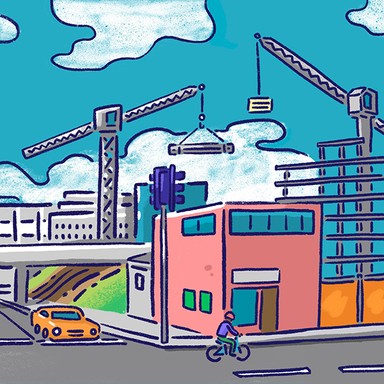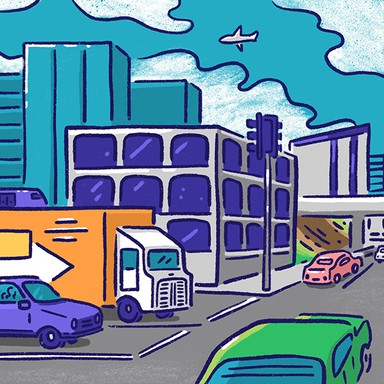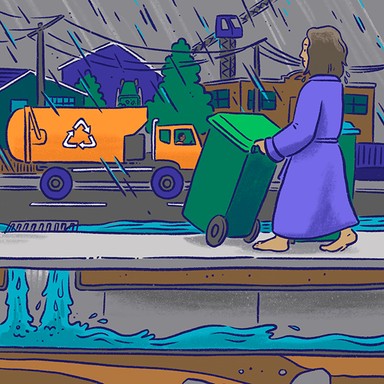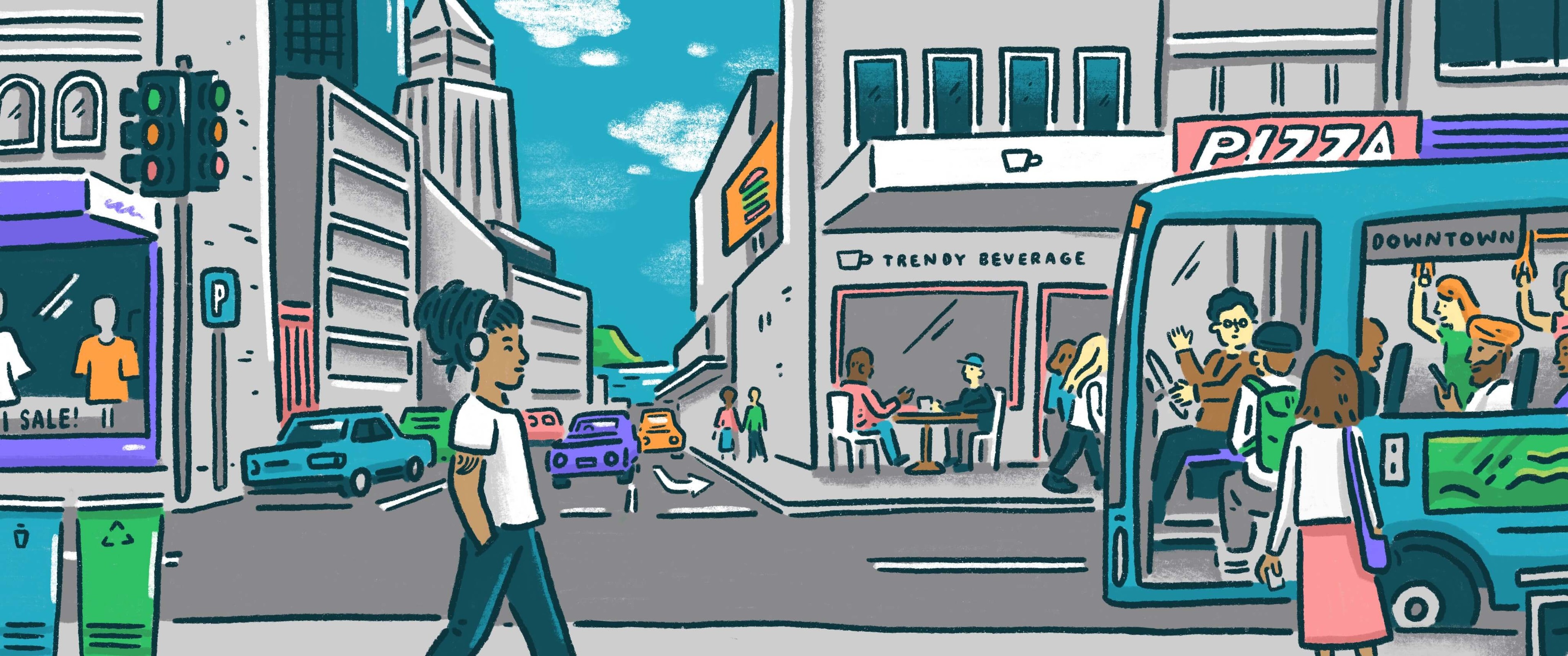
Hamilton City Council
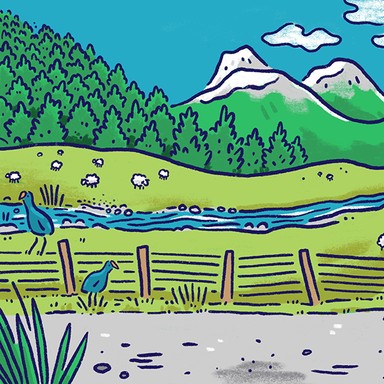
Environment
Local governments play a central role in protecting the environment, reducing waste and safeguarding biodiversity. The worsening state of New Zealand’s lakes and rivers is a major challenge for local councils, which work with regional councils in the management of water resources in their area.

Environment
Local governments play a central role in protecting the environment, reducing waste and safeguarding biodiversity. The worsening state of New Zealand’s lakes and rivers is a major challenge for local councils, which work with regional councils in the management of water resources in their area.
Continue gully restoration projects.
Collaborate with communities to develop waste reduction and clean-up programmes.
Convert former Founders Theatre site into an extended green zone park.
Continue the support for our gully restoration projects.
Support co-governance models around the maintenance of our water quality.
Support education initiatives at the community level and support their solutions to local preservation efforts.
Preserve our water so our water is safe to drink for tamariki children. Water tanks to collect storm water for generations to come.
Protect our wildlife by putting them in the zoo so they are cared for and nurtured.
Provide larger red lid rubbish bins for larger families, minimising what we put into our bins. Recycling. Donating. Bring back organic.
Ensure the health and protection of all waterways inline with the National Policy Statement for Freshwater Management, including a swimmable Lake Rotoroa by 2030 in Kirikiriroa.
Invest in the continued growth of nature in Kirikiriroa to achieve 10% native vegetation cover by 2050 (Nature in the City Strategy).
Develop neighbourhood waste minimisation centres for the supply of local compost and resources.
Ensure that budget and design outcomes mitigate identified risks to the environment.
Promote continual improvement and best practice with waste management.
Primarily the regional council responsibility for biodiversity and pest control, ensure that best practice is being applied to Hamilton City.
Commit to more planting of trees in the gullies and green areas. This helps create more biodiversity in our city
Stop water runoff from street entering out waterways by providing planting and green areas next to waterways.
Continue working alongside our partners and initiatives to ensure healthy environments for our flora, fauna, awa and people.
Continue the revitalisation of our gullies, trees and natural spaces.
Clarify and understand the effects intensification and new developments have on water and green areas.
Incentivise more residents to participate fully in our award-winning rubbish and recycling at the kerb.
Clean up our gullies and provide more assistance to volunteer groups who participate.
Lobby central government to review Three Waters reform to allow greater local council control over assets and water services in the city.
Work with Waikato Regional Council, Iwi, and local businesses to improve water quality and to protect and preserve the Waikato River.
Educate and help residents to better understand the stormwater system in order to reduce contaminants entering the river.
Review storm water systems. Our rivers are at risk from flooding by allowing storm water to flow directly into rivers.
Ban councils current use of glyphosate and other poison in our parks and green space.
Investigate how new government legislation on Significant Natural Areas will effect our green space, parks, and gullies.
Ensure proper testing is done pHs, biological oxygen demands etc. Processing the three waters, rain, grey and wastewater. Preserving quality.
Biodiversity and pest control using solutions protect birdlife, proper gardening using insecticides, culling back rodents and preserving fish life.
Minimise waste. Separate plastics, bottles and paper from biodegradable substances using processed material for landfill. Use recycling.
Increase native biodiversity around neighbourhoods.
Ensure freshwater supply is well-managed, to provide modern, resilient wastewater services, future-proof our pumping facilities.
Establish an education hub for all schools on waste minimisation and management.
Ban particular plastics by 2025.
Fund groups to protect and preserve our water.
Committed to Hamilton water quality and preservation through local ownership of our assets.
Committed to maintaining high standards of waste minimisation and management.
Committed to protection and planting of trees as cover in open spaces.
Continue gully restoration projects.
Collaborate with communities to develop waste reduction and clean-up programmes.
Convert former Founders Theatre site into an extended green zone park.
Continue the support for our gully restoration projects.
Support co-governance models around the maintenance of our water quality.
Support education initiatives at the community level and support their solutions to local preservation efforts.
Preserve our water so our water is safe to drink for tamariki children. Water tanks to collect storm water for generations to come.
Protect our wildlife by putting them in the zoo so they are cared for and nurtured.
Provide larger red lid rubbish bins for larger families, minimising what we put into our bins. Recycling. Donating. Bring back organic.
Ensure the health and protection of all waterways inline with the National Policy Statement for Freshwater Management, including a swimmable Lake Rotoroa by 2030 in Kirikiriroa.
Invest in the continued growth of nature in Kirikiriroa to achieve 10% native vegetation cover by 2050 (Nature in the City Strategy).
Develop neighbourhood waste minimisation centres for the supply of local compost and resources.
Ensure that budget and design outcomes mitigate identified risks to the environment.
Promote continual improvement and best practice with waste management.
Primarily the regional council responsibility for biodiversity and pest control, ensure that best practice is being applied to Hamilton City.
Commit to more planting of trees in the gullies and green areas. This helps create more biodiversity in our city
Stop water runoff from street entering out waterways by providing planting and green areas next to waterways.
Continue working alongside our partners and initiatives to ensure healthy environments for our flora, fauna, awa and people.
Continue the revitalisation of our gullies, trees and natural spaces.
Clarify and understand the effects intensification and new developments have on water and green areas.
Incentivise more residents to participate fully in our award-winning rubbish and recycling at the kerb.
Clean up our gullies and provide more assistance to volunteer groups who participate.
Lobby central government to review Three Waters reform to allow greater local council control over assets and water services in the city.
Work with Waikato Regional Council, Iwi, and local businesses to improve water quality and to protect and preserve the Waikato River.
Educate and help residents to better understand the stormwater system in order to reduce contaminants entering the river.
Review storm water systems. Our rivers are at risk from flooding by allowing storm water to flow directly into rivers.
Ban councils current use of glyphosate and other poison in our parks and green space.
Investigate how new government legislation on Significant Natural Areas will effect our green space, parks, and gullies.
Ensure proper testing is done pHs, biological oxygen demands etc. Processing the three waters, rain, grey and wastewater. Preserving quality.
Biodiversity and pest control using solutions protect birdlife, proper gardening using insecticides, culling back rodents and preserving fish life.
Minimise waste. Separate plastics, bottles and paper from biodegradable substances using processed material for landfill. Use recycling.
Increase native biodiversity around neighbourhoods.
Ensure freshwater supply is well-managed, to provide modern, resilient wastewater services, future-proof our pumping facilities.
Establish an education hub for all schools on waste minimisation and management.
Ban particular plastics by 2025.
Fund groups to protect and preserve our water.
Committed to Hamilton water quality and preservation through local ownership of our assets.
Committed to maintaining high standards of waste minimisation and management.
Committed to protection and planting of trees as cover in open spaces.
Mayor
Compare the mayoral candidates in your area
Local council
Compare the candidates for your city or district council
Regional council
Compare the candidates for your regional council
Local board
Compare the candidates for your local or community board

